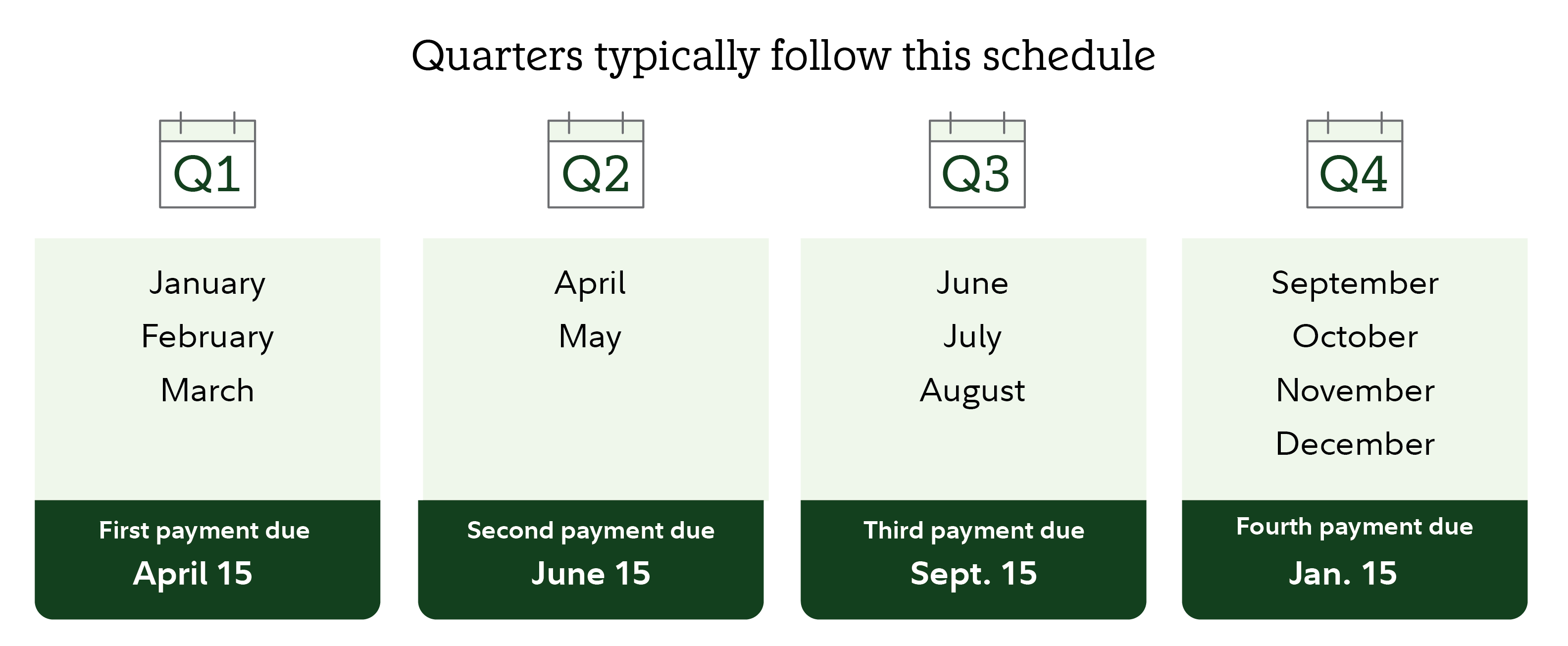What is the self-employment tax?
You’ll also have to pay your state taxes, but fortunately there are no state self-employment taxes.
Tax deductions for self-employed
Many freelancers may qualify for a deduction of up to 20% for qualified business income. In addition, contributions to certain retirement accounts may also be tax-deductible. Keep in mind, the Internal Revenue Service (IRS) dictates the maximum amount you can contribute in a given year.
Other potential deductions if you’re self-employed or a business owner include business-related expenses, such as health and business insurance premiums, marketing, legal and professional fees, office supplies, auto and travel costs, and more.
For more information on tax deductions, visit IRS.gov.
How often must you pay self-employment taxes?

Payment dates vary but are generally the 15th day of the month (April, June, September, and January), unless the date falls on a weekend or holiday, then the deadline is moved to the next business day. For example, 2026 due dates are Q1: April 15, 2026; Q2: June 15, 2026; Q3: September 15, 2026; and Q4: January 15, 2027.
How to calculate self-employment taxes
In general, the minimum amount you'll need to pay each quarter to avoid penalties for underpayment is either:
- 1/4 of 90% of what you’ll owe for the current year, or
- 1/4 of 100% (110% for higher incomes) of what you owed for the prior year — the safe harbor amount.
If you end up underpaying for any quarter, you may owe a penalty. To avoid mistakes or missing payments, you might want to consider working with a tax professional, who can help you determine how much to pay each quarter. You can then focus on your business.
Additional resources on taxes for the self-employed are available from the IRS at Self-employed individuals tax center.
How to manage your self-employment taxes more easily
Location: If you earn money in multiple states, make sure you know the rules for those states. Most states have an earnings threshold. If you earn more than that amount working in the state, you’ll need to file a tax return.


